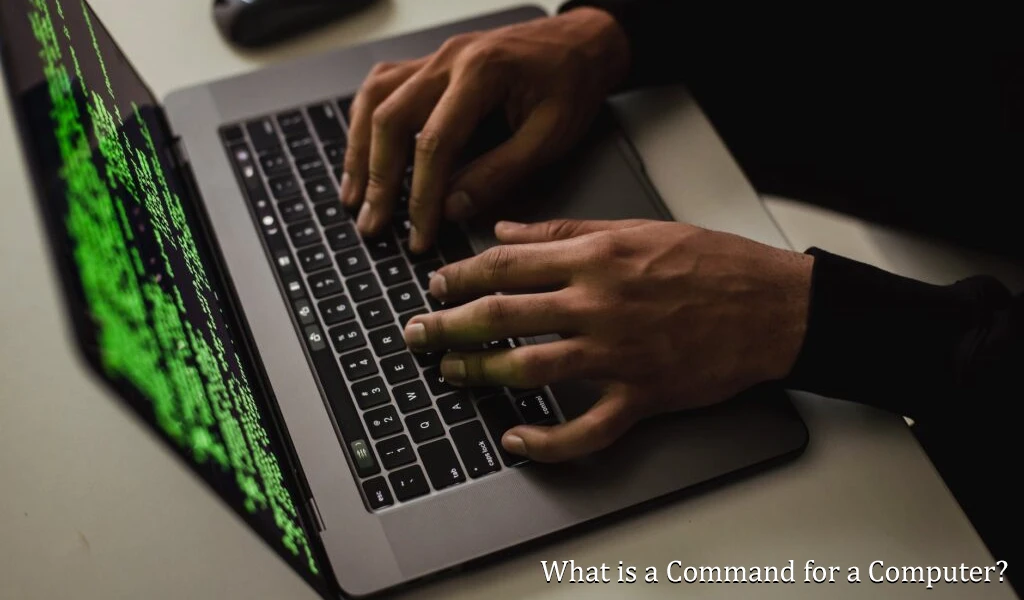More on Command Prompt commands, DOS commands, Run commands, and more
A command is a specific instruction given to a computer application to perform a task or function.
Windows commands are usually entered via command-line interpreters like Command Prompt, Node.js, or Python.
Commands must always be entered into a command line interpreter exactly. Entering a command incorrectly (wrong syntax, misspelling, etc.) could cause the command to fail or worse, could execute the wrong command or the right command in the wrong way, creating serious problems.
Many kinds of commands and phrases use the word command that probably shouldn’t because they’re not commands. It can be not very clear.
Below are some popular kinds of commands you might encounter.

Command Prompt Commands
Command Prompt commands are true commands. True commands are programs intended to be run from a command-line interface (in this case, the Windows Command Prompt) and whose action or result is also produced in the command-line interface.
One example is the chkdsk command, which can be used to fix hard drive errors. One commonly used and extremely useful command in Command Prompt is chdir (cd), used to change the working directory.
DOS Commands
DOS commands, more correctly called MS-DOS commands, might be considered the “purest” of the Microsoft-based commands since MS-DOS has no graphical interface, so each command lives completely in the command line world.
Don’t confuse DOS commands and Command Prompt commands. MS-DOS and the Command Prompt may appear similar, but MS-DOS is a true operating system, while Command Prompt is a program that runs within the Windows operating system. Both share many commands, but they are certainly not the same.
Run Commands
A run command is simply the name given to an executable for a particular Windows-based program. It’s not a command in the strictest sense but more like a shortcut. The shortcuts that live in your Start menu or on your Start Screen are usually nothing more than an icon representation of the executable for the program—a run command with a picture.
For example, the run command for Paint, the painting and drawing program in Windows, is mspaint and can be run from the Run box or Search box, or even from the Command Prompt, but Paint is not a command line program.

Some other examples are a bit more confusing. The run command for Remote Desktop Connection, for example, is mstsc. Still, this run command does have some command line switches that make opening the program with specific parameters very easy. However, Remote Desktop Connection is not a program designed for the command line, so it’s not a command.
Recovery Console Commands
Recovery Console commands are also true commands. They’re only available from within the Recovery Console, the command line interpreter available only for troubleshooting problems and only in Windows XP and Windows 2000.

FAQ
- What command is used on a Windows PC to see the IP configuration of that computer?The command ipconfig gives you information about your computer’s IP configuration. To use it, open Command Prompt and type ipconfig /all to view the IP address, network mask, gateway for all network adapters, and DNS and WINS settings.
- What command can flush the local DNS cache on a Windows PC?Use the command ipconfig /flushdns to flush the local DNS cache. Open Command Prompt as an Administrator and enter ipconfig /flushdns. If the flush is successful, the message Successfully flushed the DNS Resolver Cache displays.





